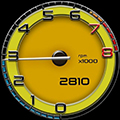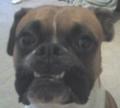OK, here we go....
the promised tutorial on changing your car's colour in Photoshop.
It looks long and involved, but it really isn't that bad. An hour or so should be lots of time to do this.
Thanks and apologies to CanadianGTM...I used a pic of your car again. It was posted on the forum, and looks great, as well as being one colour. I hope it doesn't bother you that I used it.
This is going to be done over several posts, otherwise it is just too long.
Remember to save your work after every step or two. Redoing stuff really sucks.
- Home
- Latest Posts!
- Forums
- Blogs
- Vendors
- Forms
-
Links

- Welcomes and Introductions
- Roadster
- Type 65 Coupe
- 33 Hot Rod
- GTM Supercar
- 818
- Challenge Series
- 289 USRCC
- Coyote R&D
- Ask a Factory Five Tech
- Tech Updates
- General Discussions
- Off Topic Discussions
- Eastern Region
- Central Region
- Mountain Region
- Pacific Region
- Canadian Discussions
- Want to buy
- For Sale
- Pay it forward
-
Gallery

- Wiki-Build-Tech


 Thanks:
Thanks:  Likes:
Likes: 


 Reply With Quote
Reply With Quote

 !
!




